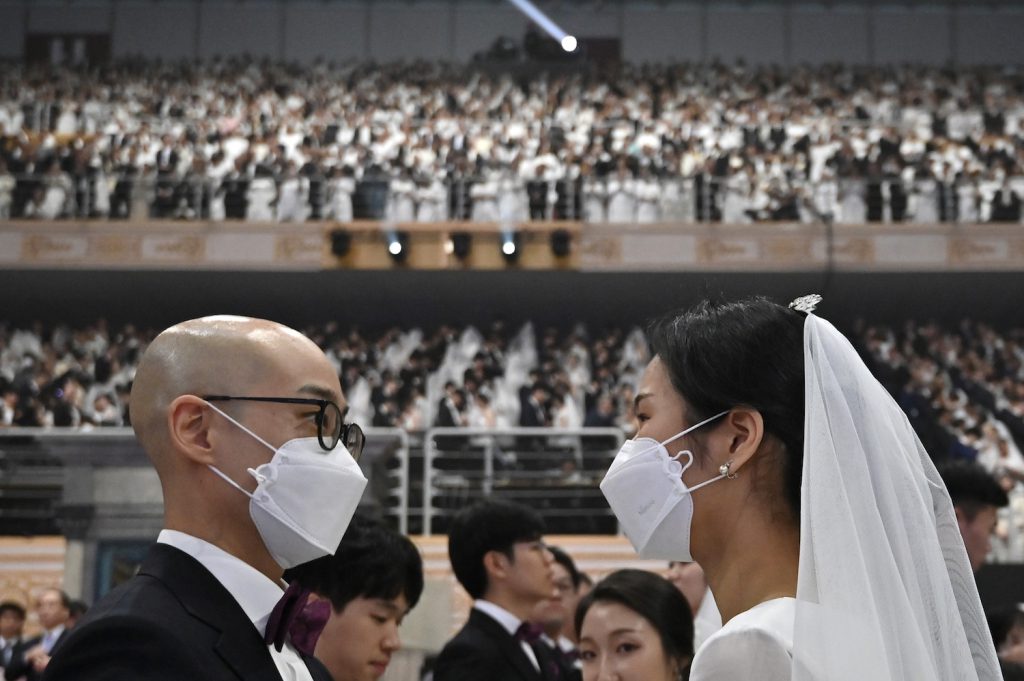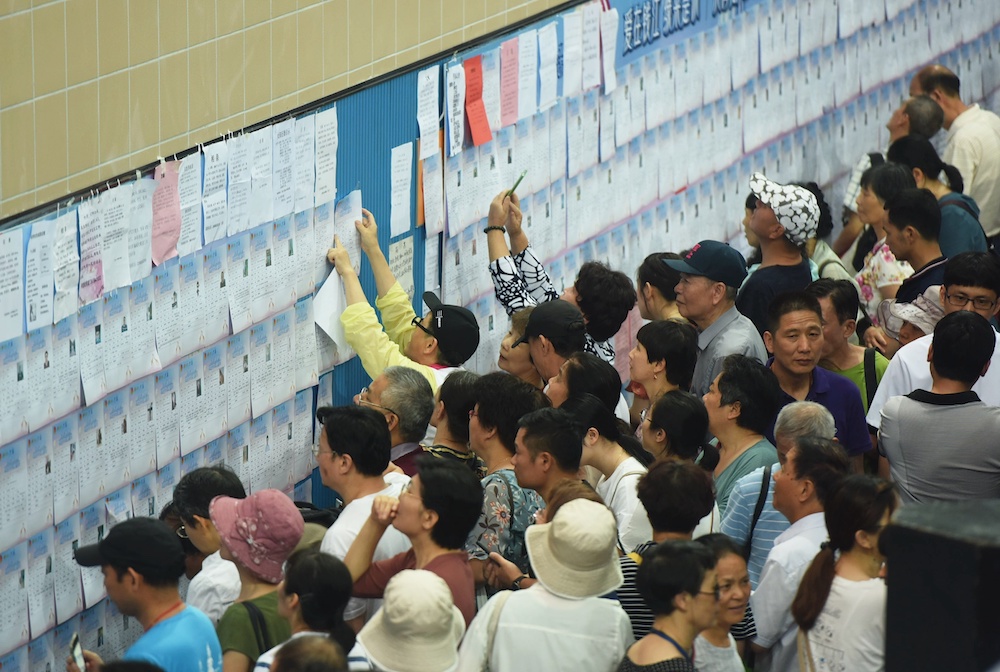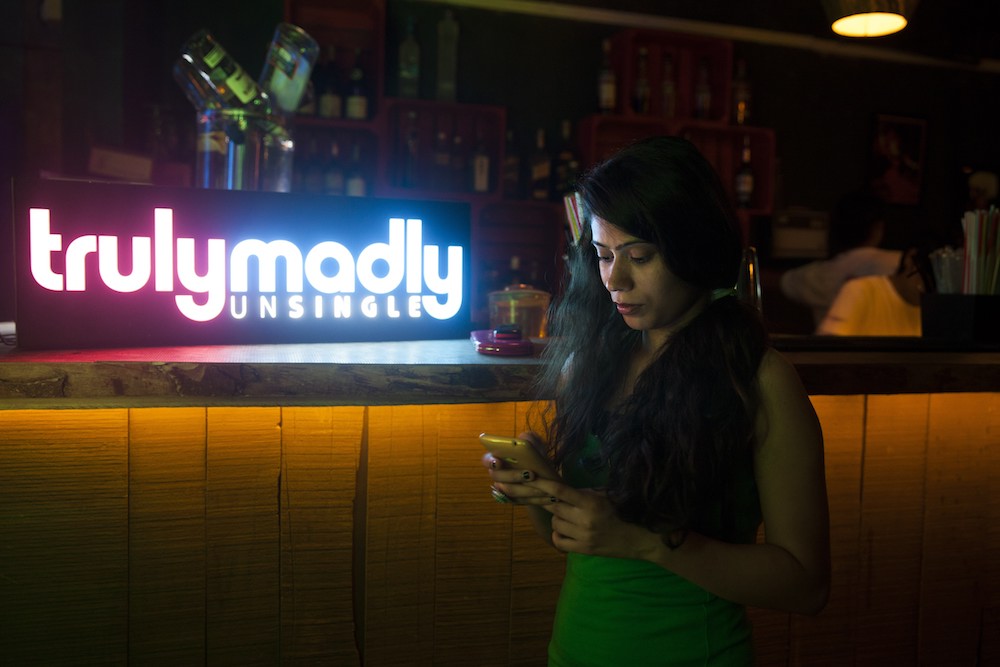Does Love Always Come Before Marriage?

Love and marriage aren’t the same thing: Passionate love is a feeling, and marriage is a social contract. But over time and around the world, the two have been intertwined in fascinating ways—not always with romance coming first.
The concept of partnering up in some kind of marriage-like arrangement is virtually universal in human societies. But the notion that romantic love should direct such partnerships has not been a constant. For much of human history, the family unit was likely organized around reproduction and social survival, which might not have always encouraged the cultivation of warm spousal affection—or monogamy.
Ethnographic studies of some tribal societies have suggested that spouses were at some points in history considered effective strangers or even antagonistic enemies, united for the main purpose of procreation. In these groups, the sentiment of romantic love seemed to be seldom acknowledged or expected, at least in public.
While the deep history of marriage is murky, sometime after the development of agriculture (around 15,000 to 10,000 years ago in some regions), arranged marriages become the norm across organized state societies. Family members and matchmakers began to arrange who should partner with whom, with an eye on factors such as economics, social status, prestige, and carrying on the family line.
The idea that marriage should be based in long-term companionship, or what we call a “forever love,” starts to turn up in books and writings much, much later: Scholars have put it as early as the 13th or 14th century in England; the 18th or 19th century in Russia; and the 20th century in China. In each culture, the arrival of this idea of “forever love” seems to be matched with a push for children to choose their own marital partners in a love match.
The result is that, in recent centuries, love and marriage have melded in new and complex ways. Our research, along with other anthropological studies, challenges the common impression that societies organized around arranged marriages are very different from those organized around passionate love. In most societies, sexual desire, loving attachment, and material interests are more deeply interwoven than is culturally acknowledged.
Today the ideal of arranged marriage remains strong in India and much of the Middle East but has declined dramatically over recent centuries around the world, especially in more urbanized societies. Firm numbers are hard to come by, but today about 95 percent of marriages in India are reportedly arranged and about 6 percent in Japan.
However, such statistics tend to gloss over a significant diversity of practices between cultures: Arranged marriages are not always what they seem.
Take, for example, a Dravidian Muslim community in Sri Lanka that was studied by anthropologist Victor De Munck. There, arranged marriage has long been the norm—but this does not mean that love matches don’t happen. In contemporary times, youth who have a similar social standing and an appropriate kin relationship can regularly meet, which provides the opportunity to develop feelings. More than three-quarters of the newlyweds De Munck interviewed in the late 1970s and early 1980s said that they loved their spouse before their marriage was formally arranged.
This type of arrangement is hardly unique. Many other societies have adopted a similar solution to allowing their offspring to follow their hearts and choose their mate, while maintaining the desired patriarchal image of the family being in charge. Across South Asia, this love-turned-arranged marriage strategy seems to be gaining in popularity: Love matches or elopements often secure public sympathy as a modern and ethical act. The immensely popular Bollywood films and love songs, for example, are beginning to blend the long-standing arranged-marriage discourse with love-centered discourses.
A culture’s tolerance for personal choice within a customary arranged marriage practice varies—and is not always without danger. In India’s New Delhi, anthropologists Perveez Mody and Shalini Grover found in their research in the 2000s that love-turned-arranged marriages are increasingly idealized among youth there—and, officially, the Indian government’s policy and law is supportive of free choice marriage. But, especially in cases of pronounced differences in social class, caste, or religion, some couples face strong parental and community opposition, which sometimes results in kidnapping or violence, especially among the middle and upper classes.
What is remarkable is that across arranged-marriage cultures, we see a fairly wide parental tolerance for an offspring’s love-based mate choice—provided it is converted into a public performance that acknowledges parental authority to decide who is best to marry.
Another phenomenon that blurs the line between love matches and arranged marriages is the tendency to fall passionately in love after agreeing to marry.
My (Jankowiak’s) research has shown this was dominant in 1980s urban China, for example. At that time, a so-called self-arranged marriage relied on friends, teachers, or colleagues to introduce someone, followed by a short courtship of three or four brief, unsupervised meetings. After this, the individuals either ceased to see each other or agreed to a rapid marriage.
My interviews with about 50 people showed that during this exchange, individuals typically remained skeptical and detached as they coolly calculated the relative social worth each brought to a potential marriage. Once agreeing to marry, however, both parties typically underwent a sudden transformation that manifested in passionate exchanges, statements of joy, and shared fantasies about their future life with each other. So intense was this behavior that I could never determine who felt the deeper, overwhelming passionate love: urban Chinese committed to an arranged marriage or teenage Americans pursuing a love match.
I could never determine who felt the deeper passion: urban Chinese committed to an arranged marriage or teenage Americans pursuing a love match.
The anthropologist Mody saw a similar pattern among some youth in New Delhi: The interviewed couples also began to fall in love after agreeing to an arranged marriage.
Of course, couples matched up by parents or matchmakers may also fall deeply in love some time into their arranged marriage: A shared life, with a similar background or interests, may foster feelings of passionate or affectionate love. The Makassar of Indonesia, as one example, idealize the notion of love arising after marriage. One comparison of arranged versus love matches in Indian American marriages found little difference between the two in terms of long-term feelings of love and marital satisfaction.
Anthropologist Marcia Inhorn looked specifically at couples in Egypt and Lebanon, where arranged marriage is common. She found that many couples developed a strong mutual love—so strong that even those facing infertility whose religious beliefs and culture may encourage them to seek a divorce and have children with others often opted not to do so.
Invoking romantic love as the basis for marriage does not eliminate the importance of material factors in making a happy match. While many youth are pushing away from traditional forms of arranged marriage in favor of love matches, the opposite is also true: People pursuing love around the world are reaping the benefits of intermediaries who help make suitable matches in material terms.
In South Korea, for example, where I (Nelson) have studied courtship, a prevalent way to meet a partner today is on a not-so-blind date arranged by a friend, co-worker, or relative. This might start with evaluating photos and asking about the prospective partner’s specs (age, job, education, family background, et cetera) before proceeding to a first date. Anthropological interviews show that these young people typically like the security of being introduced to a partner with similar credentials who has been pre-screened for suitability by a trusted source.
The newest global matchmaker, of course, is the computer algorithm. South Korean matchmaking services such as Duo charge fees into the thousands of dollars to introduce members to potential partners who have compatible ethnic backgrounds, religion, and material assets.
Around the world, the rising popularity of online dating can help people vet potential mates for important qualities—from appearance to wealth, education, personality, and hobbies—before meeting up to see if sparks fly.
The lines between types of marriage, motivation for marriage, and feelings incorporated into marriage are blurry.
Serious misunderstandings can arise when someone believes they have begun a marriage based on feelings of authentic love while the other person views the marriage as an economic-sexual exchange. Numerous researchers have commented upon the frequency of this kind of misunderstanding in transnational matches, where one party expresses an authentic, intense love while the other performs the acts of love to secure economic stability.
One of the reasons for a parental-arranged marriage is to ensure individuals are suitably matched and to prevent the potentially short-term sway of sexual attraction from overwhelming considerations of compatibility. Self-arranged marriages are, arguably, just a different way of achieving the same thing—both arrangement types are often centered around finding someone with a similar socioeconomic background and priorities.
Perhaps the indefinable “chemistry” often invoked as the basis for love matches is little more than a synergy experienced when interacting with someone with similar values, attitudes, tastes, and life goals.
Whether love comes before marriage, or marriage before love, it is important to recognize that material considerations and compatibilities—across cultures of all kinds—often underlie people’s willingness to fall in love. Different kinds of marriage may not be so different after all.



































